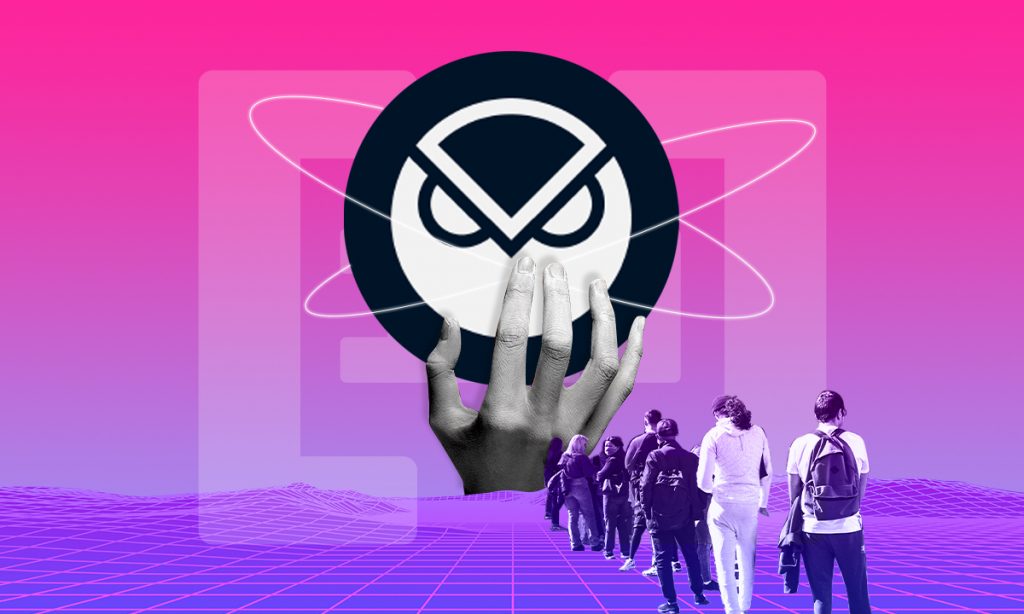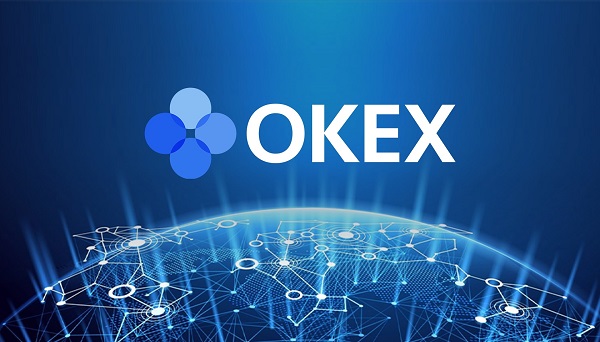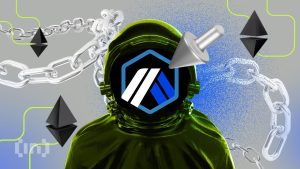DeFi Deep Dive — CowSwap, Building New Market Mechanisms for DeFi

Decentralized Finance (DeFi) focuses on righting the wrongs found in traditional finance. CowSwap, aka Gnosis Protocol v2 is one of these trustless DeFi vanguards, delivering a comprehensive approach to Finance 2.0.
In this DeFi Deep Dive, we will delve into the details to explain CowSwap, and how it is contributing to this new financial landscape.
What is Gnosis?
For those who lack a classical background in languages and Hellenistic philosophy, “gnosis” translates from Greek to “knowledge.”
The company Gnosis launched in April 2017 to develop decentralized, blockchain-based solutions to redefine decentralized financial markets.
Martin Köppelmann (CEO) and Stefan George (CTO) founded Gnosis in 2015, two years before receiving its significant ICO funding.
Gnosis originates from ConsenSys, the global Ethereum production platform. By being on the frontline of blockchain space, the Gnosis team was the first to launch Ethereum live applications in 2016.
CowSwap (aka Gnosis Protocol v2)
Much like the Komodo blockchain covered in a previous DeFi Deep Dive, the CowSwap (Gnosis Protocol) team is focused on a DeFi future that connects different blockchains and digital assets.
CowSwap is a fully permissionless decentralized trading mechanism (protocol) running on Ethereum & xDAI.
Gnosis Protocol V1, CowSwap’s predecessor, launched in 2020. It was the first DEX to offer ring trades via batch auctions. These are order settlements that share liquidity across all orders.
This was followed up by V2, which launched in April 2021. This version leverages economic phenomena that can only happen within batch auctions which are called, Coincidence of Wants (CoWs). Batch Auctions allow CowSwap to provide miner extractable value (MEV) protection as well as offer better prices by tapping into all the on-chain liquidity sources and settling trades in batches.
Cowswap.exchange is the first trading interface built on top of the Gnosis protocol v2. It was launched as the proof-of-concept for V2, but after 3 months, the final stable version was deployed.
After going live in April, the novel DEX reached $1 billion trading volume within the first five months.
CowSwap historical activity in trading volume, transactions, and user count: DappRadar.com
Diving into the Meta-DEX aggregator
If you have been following DeFi space, you must be aware that the efficacy of a DEX depends on its popularity and the liquidity that it is able to attract. After all, the underlying DEX principle is that liquidity providers stake, or lock in, their assets into all sorts of liquidity pools.
Then, those who wish to exchange tokens would tap into the liquidity pools that price assets based on the number of tokens in the pool, whilst giving liquidity providers a cut in the process.
However, CowSwap takes this a step further. It offers better prices by, if possible, matching overlapping users’ orders directly in a batch auction, instead of making them wade through liquidity pools, or it directly connects them to the best on-chain price at the moment of trading via either DEX Aggregators or direct DEXs interactions.
CowSwap deals with liquidity issues by running batch auctions as the key trading mechanism across all orders. This allows the protocol to offer its MEV protection as well as uniform clearing prices for all the trades of the same token pairs within each batch.
Batch auctions as a trading mechanism allow users’ trades to either be matched directly when there are opposite wants or to be bundled together and routed to the best on-chain liquidity venue at the moment of trading.
While Uniswap and other DEXes use AMM (automated market maker) or CLOB (Central Limit Order Book), CowSwap uses a decentralized batch auction competition, where solvers compete to settle trades within each batch.
Essentially, the solvers act as meta aggregators for the users, connecting them directly with overlapping users or with DEX aggregators and DEXes.
Solvers are professional third parties that compete amongst each other to get the most optimal batch settlement solution.
Within these batch auctions, they are able to search for CoWs (Coincidence of wants) within the trades, as well as being able to tap into the best available on-chain liquidity for all trades in the batch that can’t be settled into a CoW.
If the user’s trade happens to be in a CoW, then their trade is fully MEV protected as the liquidity is completely off-chain, while if the user’s trade doesn’t happen to be in a CoW, then the trade is MEV protected because the solvers make sure to set such tight slippage for all trades in a batch so that those trades are executed at those prices.
MEV is a serious problem, at the moment, since Jan 1, 2020, a total of $737.1 million has already been extracted from Ethereum DeFi users.
Cowswap allows traders to get MEV protection and better prices and don’t have to deal with liquidity provider fees as they are matched directly, on top of obtaining gas savings from not having to invoke a smart contract call to get the liquidity out of the pools or by the fact that solvers can bundle multiple transactions into one.
V2 and ETH 2.0
CowSwap’s batch auction model that can match orders peer-to-peer has made MEV less of an issue. Speaking of upgrades and Ethereum, the CowSwap team responded to BIC that ETH 2.0 should not have a negative effect on CowSwap’s value proposition, quite the contrary.
“The value proposition of CowSwap, minimizing MEV for users’ trades, still holds true in ETH 2.0. Additionally, we expect that because of the scalability brought by the upgrade, more value will be transacted in Ethereum: there will be more opportunities for bad actors to extract value from the users, and hence the need for a protocol that minimizes MEV for the users,” explain the team.
What is next for CowSwap?
In April, Balancer (BAL) and CowSwap partnered to launch Balancer-Gnosis (CoW)-Protocol (BGP). Balancer regularly visits top 10 DEXes utilizing automated market maker (AMM). At press time, its market cap is $191.2 million, with BAL token at $27.53.
Balancer (BAL) price moves during a 3-month period: CoinMarketCap
The partnership had been set to unroll the new BGP platform in three stages. Thus, ending with the integration of Balancer V2 with Gnosis Protocol V2 in the BGP dApp.
Therefore this partnership will provide mutual benefits. Balancer receives better MEV protection, while CowSwap gets a tighter integration with Balancer v2 liquidity pools.
Ethereum will remain the home for CowSwap in the foreseeable future, with some major updates on the way. Although, “We are also researching how we can use L1 liquidity to settle trades happening on L2, which will definitely be a game-changer,” says the team.
In the meantime, CowSwap discounts on gas fees during the integration. Therefore, incentivizing users across the Ethereum ecosystem to find refuge from its exorbitantly high fees.
Although CowSwap’s market footprint is a long way from the likes of Uniswap, joining forces with Balancer may just be what it takes to gain ground in the ever-growing DeFi ecosystem.
Disclaimer
All the information contained on our website is published in good faith and for general information purposes only. Any action the reader takes upon the information found on our website is strictly at their own risk.









